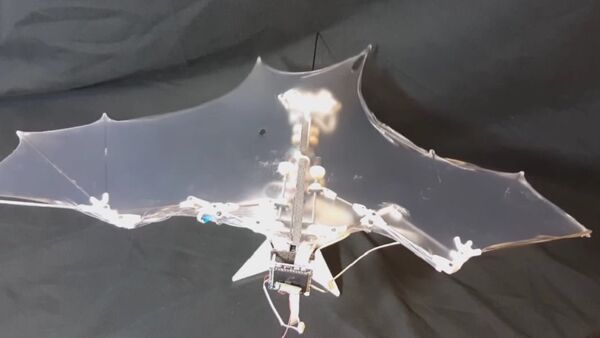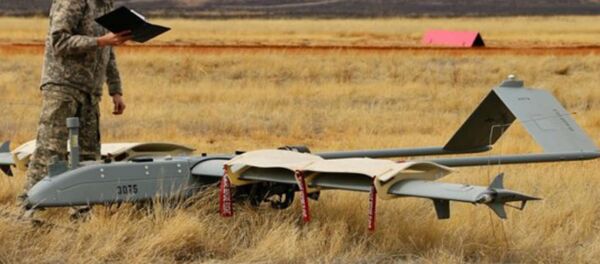The device called "Bat Bot" can soar and fly upside down, like a real bat.
A video of a test flight was posted by the scientists on YouTube.
As the caprion says, the new drone weighs only 85 grams. Its "skeleton" is made of carbon fiber, covered with a silicon "skin".
Each wing of the device has nine joints, which play a crucial role by ensuring its flexibility during the flight (a real bat has over 40 joints on its wings). Four of the joints are passive, while five operate autonomously. They enable the Bat Bot to fly without a propeller, increasing its maneuverability in difficult conditions where conventional drones don't work.
In further steps, the project's initiators are planning to equip the drone with a camera and a transmitter. The total cost of the three-year project is about $1.5 million.
The new drones are a part of the Miniature Unmanned Vehicles family and can be as small as 15 centimeters wide. They are being developed for commercial, government and military purposes and can remotely observe areas inaccessible to vehicles on the ground.


